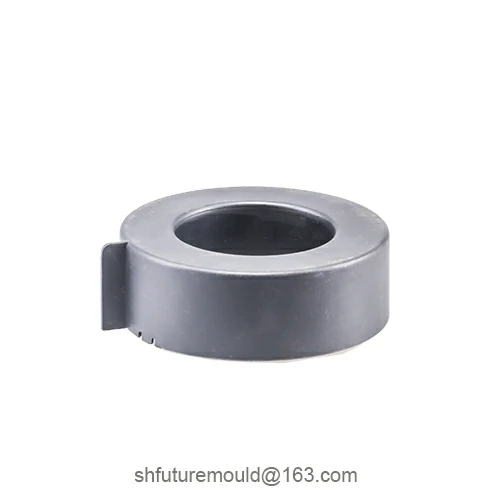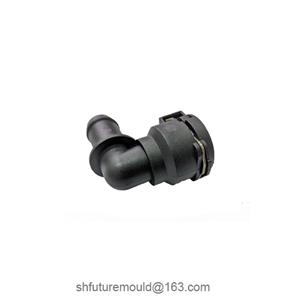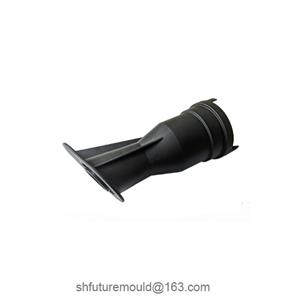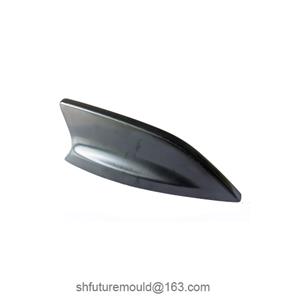-
How to Choose the Right Drying Equipment for Injection Molding Materials
Selecting the appropriate drying equipment for injection molding materials requires careful consideration of factors such as material characteristics, production needs, equipment performance, and economic efficiency.
07-01-2025 -
The Application of Electroplating in Surface Treatment of Injection Molds
Electroplating is a significant and widely used method in the surface treatment of injection molds. By depositing a layer of metal or alloy onto the mold surface, electroplating enhances wear resistance, corrosion resistance, demolding efficiency, and overall surface quality.
07-01-2025 -
Venting Design for Injection Mold Parting Surfaces
Venting design on the parting surface of injection molds is a crucial aspect of ensuring product quality. If air and volatile gases within the mold cavity are not effectively expelled, defects such as voids, burn marks, and surface flaws may occur. Proper venting design can significantly improve the appearance and performance of products while enhancing production efficiency.
03-01-2025 -
Design Points for Injection Molds of Automotive Interior Parts
The design points for injection molds for automotive interior parts encompass various aspects, from mold structure and material selection to process parameters.
03-01-2025 -
Advantages of Gas-Assisted Injection Molding
Gas-assisted injection molding, with its comprehensive advantages in cost, efficiency, and quality, is becoming a key process in industrial production. It is well-suited for applications requiring lightweight, complex structures and high-performance products, helping businesses enhance competitiveness and achieve sustainable development.
03-01-2025 -
The Importance of Drying Raw Materials for Injection Molding
Drying raw materials is a critical step in injection molding, significantly impacting product quality, production efficiency, and cost control.
30-12-2024 -
Spiral Cooling System in Injection Molds
The spiral cooling system is a high-efficiency cooling structure that uses spiral-shaped cooling channels within the mold to enable uniform flow of the cooling medium. This design rapidly removes heat and is particularly suitable for injection-molded products with uniform wall thickness, symmetrical shapes, or high cooling efficiency requirements.
30-12-2024 -
Operating Standards for the Assembly of Precision Injection Molds
The assembly of precision injection molds is an exact process that directly affects product quality. Preparatory Work
30-12-2024 -
Design Rules for Draft Angles in Injection Molded Products
A draft angle refers to the angle between the mold cavity surface and the mold’s parting line. The presence of this angle allows injection-molded parts to be smoothly ejected from the mold after cooling and shrinkage.
27-12-2024 -
How to Improve the Mechanical Properties of Glass Fiber-Reinforced Injection Molded Parts
Glass fiber-reinforced injection molded parts are widely used in automotive, electronics, and household appliances due to their superior strength, rigidity, and heat resistance. However, meeting higher performance requirements necessitates a focus on enhancing the mechanical properties of these parts.
27-12-2024




